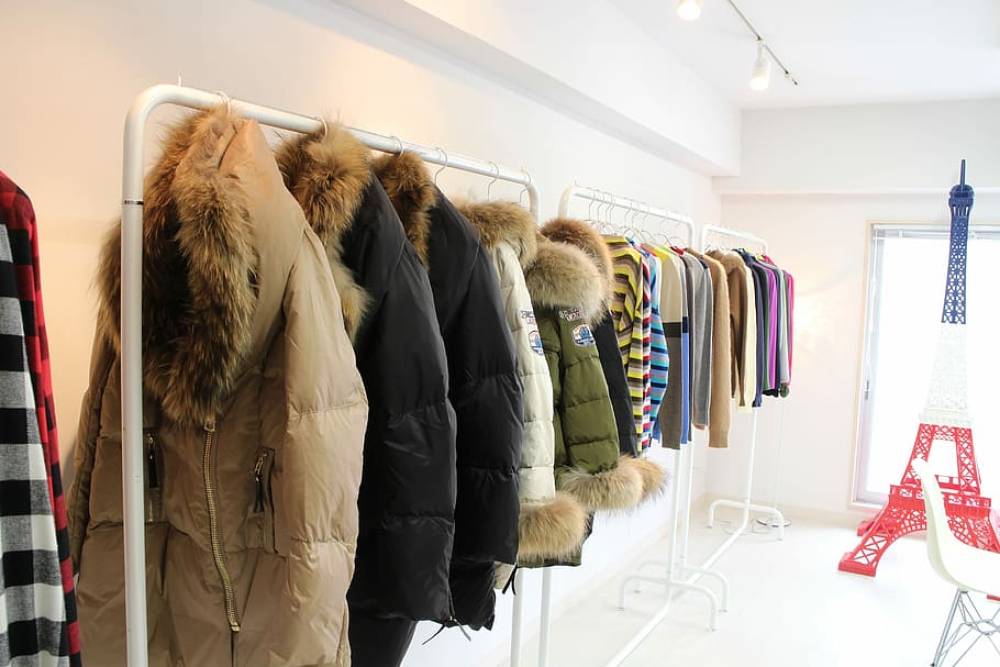Canada's winter landscapes are nothing short of magical, with snow-covered landscapes, frozen lakes, and the chance to witness the Northern Lights. However, experiencing the Canadian winter requires the right gear to stay warm, comfortable, and safe. Whether you're planning a ski trip to Whistler, a visit to Quebec City's Winter Carnival, or a wilderness adventure in the Canadian Rockies, selecting the right winter gear is crucial. Let's explore how to choose the perfect winter gear for your Canadian adventure.
1. Assess Your Itinerary:
- Activity Level: Consider the activities you'll engage in during your trip. Will you be skiing, snowshoeing, or simply sightseeing in the city?
- Duration: Determine how long you'll be exposed to cold conditions. Short walks in the city require different gear than full-day outdoor excursions.
- Location: Research the specific climate and weather conditions of your destination in Canada. Coastal regions, such as Vancouver, have milder winters compared to the colder inland areas.
2. Layering Is Key:
- Base Layers: Start with thermal or moisture-wicking base layers. These help regulate your body temperature and keep moisture away from your skin.
- Insulating Layers: Insulating layers like fleece or down jackets provide warmth by trapping heat close to your body.
- Outer Layers: Invest in a waterproof and windproof jacket or parka to protect against snow and wind. Look for one with insulation for added warmth.
3. Don't Forget About Bottoms:
- Pants: Opt for insulated pants or snow pants to keep your legs warm and dry. Ski pants are a good choice for active winter sports.
- Long Underwear: Consider thermal or moisture-wicking long underwear to wear beneath your pants for extra insulation.
4. Protect Your Extremities:
- Winter Boots: Invest in insulated, waterproof winter boots with good traction. Ensure they are comfortable and provide sufficient support for walking.
- Gloves or Mittens: Choose gloves or mittens with proper insulation and waterproofing. Mittens tend to be warmer, while gloves offer more dexterity.
- Warm Socks: Wool or thermal socks are essential for keeping your feet warm and dry. Don't forget sock liners for added insulation.
5. Head and Neck Protection:
- Hat: A good-quality, insulated hat that covers your ears is essential to prevent heat loss from your head.
- Scarves and Neck Gaiters: Protect your neck and face from the cold wind with scarves or neck gaiters.
6. Accessories Matter:
- Hand and Foot Warmers: Consider disposable hand and foot warmers for added comfort in extreme cold.
- Sunglasses: Snow can be blindingly bright. Polarized sunglasses with UV protection are a must.
- Backpack: A small backpack is handy for carrying extra layers, snacks, and water during outdoor activities.
7. Size Matters:
- Ensure your winter gear fits well. It should be snug enough to keep you warm but not so tight that it restricts movement or blood circulation.
8. Quality Over Quantity:
- Invest in high-quality winter gear. It might cost more upfront, but it will last longer and provide better protection against the elements.
9. Do a Test Run:
- Before your trip, wear your winter gear in similar weather conditions to ensure everything fits comfortably and keeps you warm.
10. Local Advice: - If you're unsure about what gear to bring, ask locals or tour guides for recommendations. They can provide valuable insights based on their experience in the region.
By following these tips and carefully selecting your winter gear, you'll be well-prepared to embrace the beauty of Canada's winter wonderland while staying cozy and comfortable throughout your trip. Enjoy your Canadian adventure, and don't forget to capture the stunning winter landscapes with your camera!


0 Comments